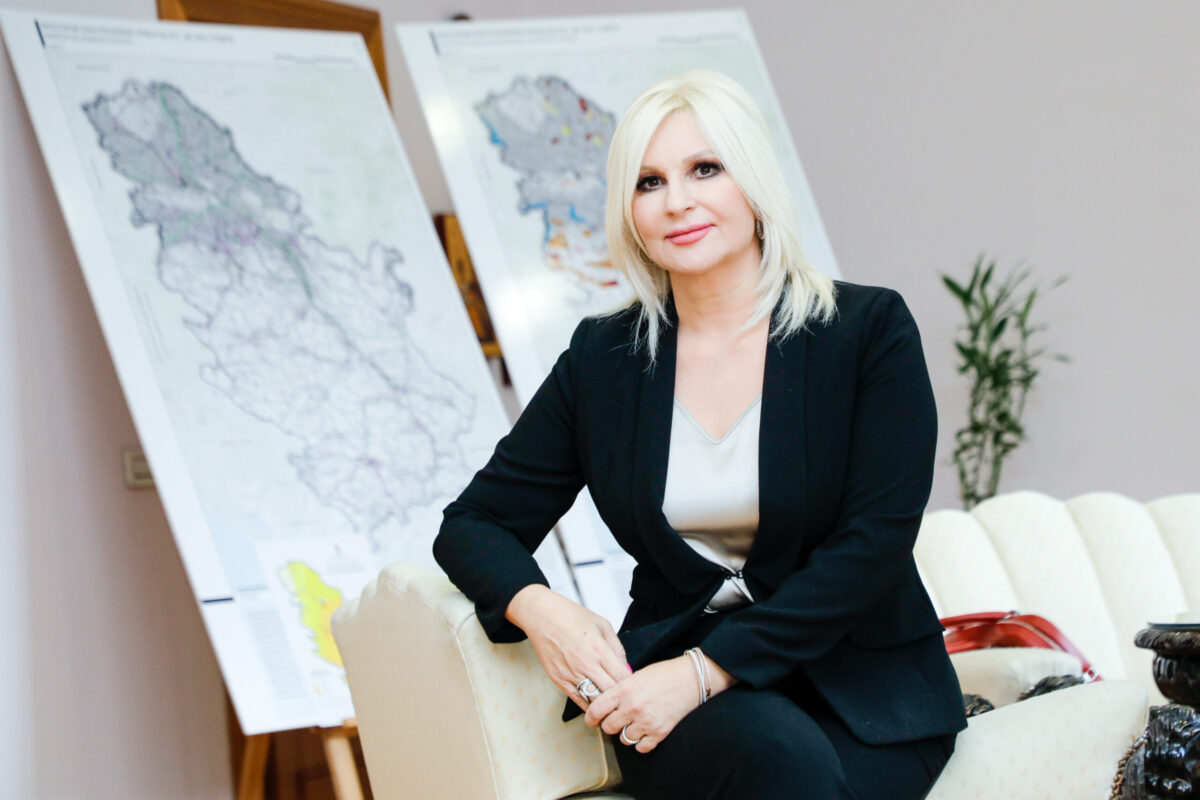
By all accounts, 2022 will be one of the most challenging years. Some of the biggest challenges will be the road from a pandemic to an endemic situation, worrying about inflation, green agenda, energy and climate crisis… What do you think will be the biggest challenges in Serbia?
Last year, we managed to lay the foundation for Serbia’s energy transition by creating a new legislative framework, drafting a new investment plan and started drafting the Integrated National Energy and Climate Plan for 2030, with projections until 2050 and the Republic of Serbia’s Energy Development Strategy for until 2040 with projections until 2050. Energy is most expensive when it is lacking, just as energy systems are most vulnerable when we don’t plan and act on time. Serbia does not have time to wait, because it’s been 30 years since a large thermal and hydroelectric power plant was built. Even without the ongoing crisis, we need investments to have a safe supply of energy. In 2022, I expect to see even more concrete results in Serbia’s energy transition. For us, the priority is to continue investing in all areas that come under the Ministry’s jurisdiction – from energy efficiency measures for which about 230 million euros have been earmarked this year, to new investments in RES, construction of reversible hydropower plants, investments in distribution and transmission power network, construction of the Niš-Dimitrovgrad gas interconnection and preparing for the construction of other gas interconnections.
This year, Serbia will hold presidential, parliamentary and Belgrade elections on April 3rd. What should be the priorities of the new Government of the Republic of Serbia (its ministries) and the president of the state?
Regardless of the harsh words and attacks that we will definitely see in the election campaign, I believe that the citizens are always mindful of the accomplished results in the end, and that this government, like the previous ones led by the Serbian Progressive Party (SNS), can boast of more than 300 kilometres of constructed motorways, the completed Corridor 10, reconstructed and modernized railways, new hospitals, stable public finances and higher average wage. Of course, there is still work to be done to make Serbia a desirable country to live in. The green energy transition is a global issue and a global process, which creates the opportunity for new investments, new jobs and technological progress. The essence of the green energy transition is that we secure enough energy supply, but in a way that does not jeopardize but rather improves the environment and contributes to the fight against climate change. Increasing energy efficiency, as well as greater use of RES potential, are of critical importance, and I believe that it would be good for Serbia to have a special ministry for green transformation and energy efficiency in the next government.